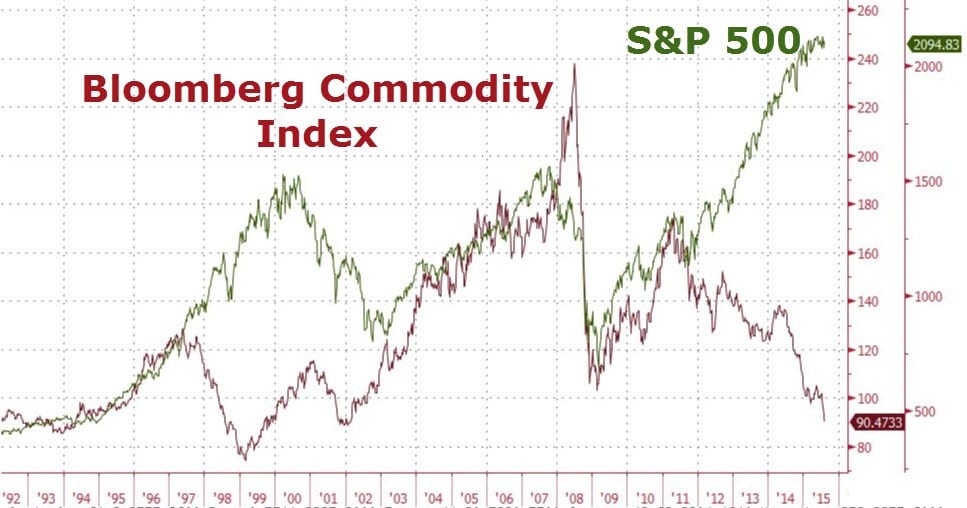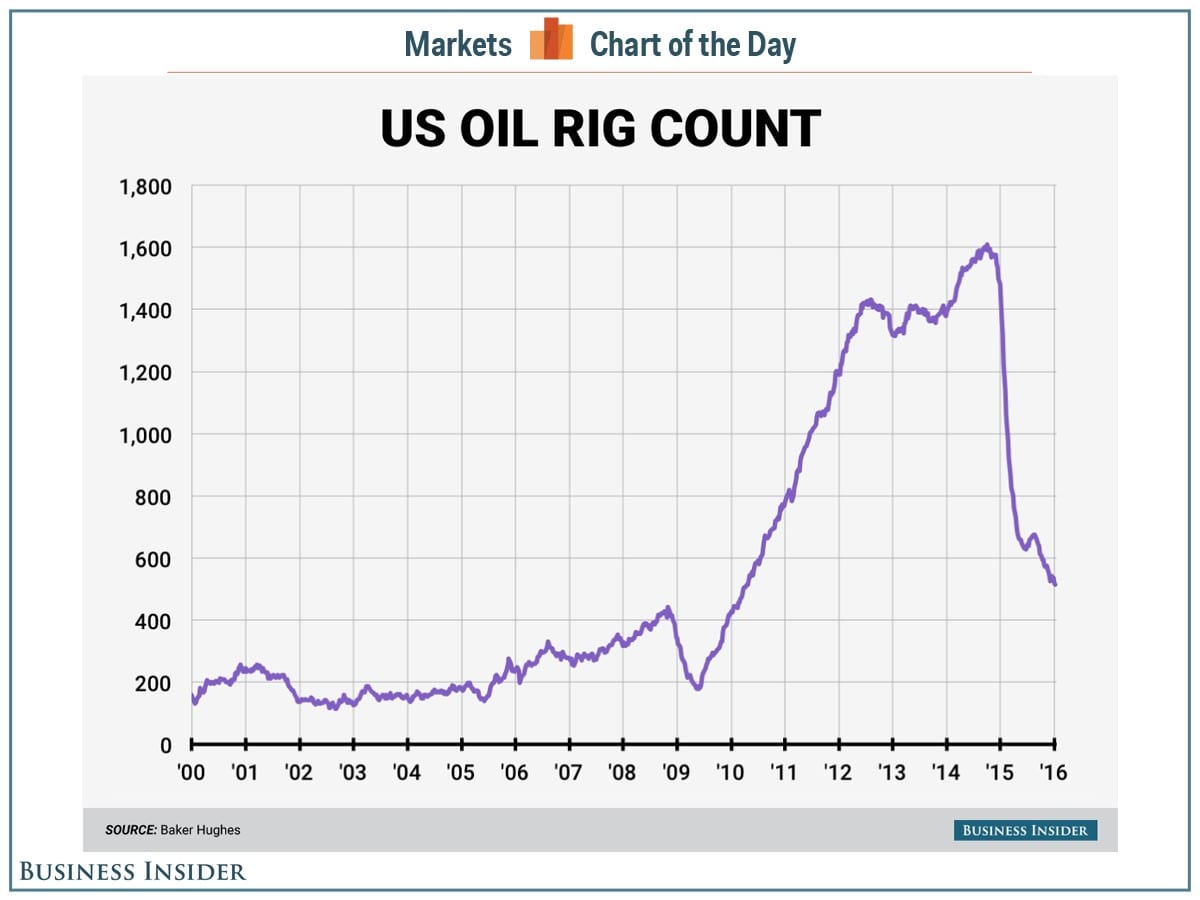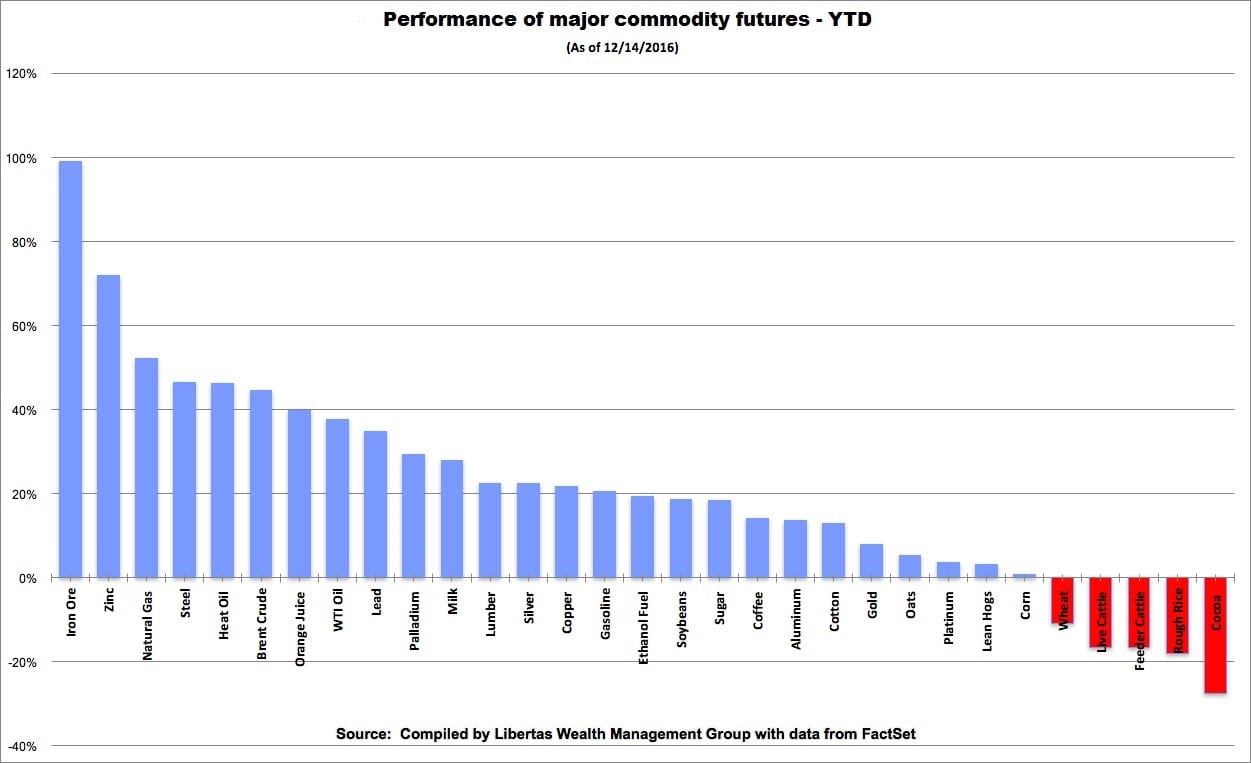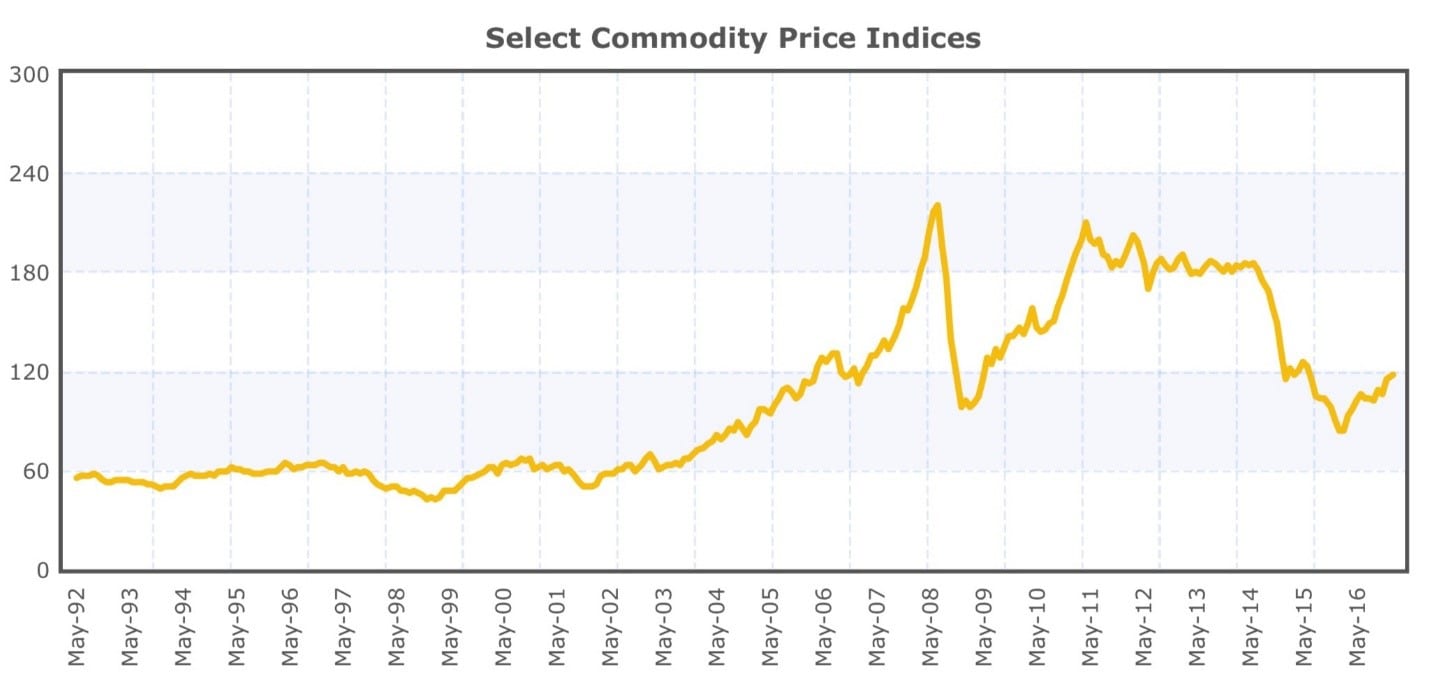Investing in an era when the market rarely follows fundamentals can be tricky.
Such times occur when politics or central bank intervention can be the major market movers. Given the recent political climate in the United States and the current administration’s lack of a defined economic policy, volatility in the markets will only increase in the future.
During such times, diversification can be an astute investor’s greatest asset. While the U.S. equities bull market shows signs of renewed vigor, 2017 will be a good year to begin diversifying into the commodity markets.
Commodities aren’t particularly correlated with stocks and generally do well when stocks don’t. They also deal in physical assets whose values go up and down with inflation, giving investors an additional hedge against rising prices and interest rates.
Commodities can include base metals like iron, zinc and copper, as well as precious metals like gold, silver and platinum. They also can include energy products like oil and natural gas, along with natural resources such as agriculture and livestock products (corn, sugar, milk, wood, cattle etc.).
Commodities Index
The last five or six years have been incredibly bearish for the global commodities market. Since hitting their peak in 2008, commodities have vastly underperformed the broader S&P.

It must be remembered that commodities have a cyclical nature, with the cycle peaking roughly every 8-10 years. From the chart above it can be observed that commodities prices always bounce back after significant price drops. The price drops are usually a result of companies overcompensating for too much supply by drastically cutting inventory and production.
At very low prices, it will not be economical for a company to mine, refine or farm its product, so it will cut production and maintain inventory (thus decreasing supply). This puts upward pressure on the commodity price. When demand finally returns, the price begins to rise. When the price rises to a point where it is profitable, the company begins selling inventory again and revving up production for the next cycle.
Oil Industry
An example of this can be observed in the U.S. oil industry by looking at a simple metric: the number of oil rigs currently operating in the United States. Until 2016, the average number of active, operational oil rigs in the United States from 2011-2015 was about 1,600-1,800. The price of oil also fell from about $140 a barrel to $30 a barrel in this timeframe. Today, the number is drastically lower at about 540 rigs, according to Baker Hughes. As a result, the price of oil has doubled since its January 2016 lows of $27 a barrel to nearly $54 a barrel today. Consensus estimates are that crude oil will reach $60 a barrel this year.

In my view, 2016 was certainly a turnaround year for commodities. Energy and metal markets had a great year, although the performance in agriculture was uneven with milk, sugar and soybeans gaining double-digit percentages but corn, wheat, cattle and rice pulling back for the year.
This was because of adverse weather conditions and record-high crop yields in emerging markets increasing global supply. Things are looking up for the agricultural sector, however, coming into 2017. In December 2016, the U.S. Department of Agriculture forecast a bumper year for corn, wheat and soybean. Moreover, China’s demand for American soybean has never been higher, with exports hitting record levels last year.

The chart below shows that since bottoming out in 2015 and early 2016, commodities have rebounded to end last year on a solid note. Having hit their last peak in 2008, the turnaround in 2016 could potentially signal the start of the next commodities rally, as part of its natural 8-10 year peaking cycle.

Additionally, commodities have a couple of strong macro factors in their favor:
The Election of President Trump
One of President Trump’s biggest campaign promises has been to deregulate industrial and financial markets. This has led to the Dow Jones Industrial Average jumping nearly 12% since November 9, 2016, compared to a 9.3% increase in the S&P 500. Any deregulation in industrial, pipeline, mining and environmental policy will greatly benefit the commodities industry.
Moreover, President Trump has also indicated an interest in increasing infrastructure spending heavily during his term. Estimates range from $500 billion – $1 trillion, and the administration has indicated their preference for private companies to carry out a majority of the work. Any infrastructure improvements including updating roads, airports, bridges and train stations will require large amounts of raw commodities.
Return of China
Emerging markets such as Brazil, India, Indonesia and China have an insatiable demand for raw materials. As these countries develop, the demand is only going to get stronger. This will increase the overall price of almost all commodities in the long-term, but especially industrials like oil, gas, steel and lumber. Over the last 10-15 years, China has become the largest international producer and consumer of raw materials, thus having massive influence over the global commodities market.
Chinese demand is one of the largest reasons behind the commodities rally last year. Chinese shipments of oil, iron ore, copper and soybean hit all-time highs according to the Chinese Customs Department. Coal shipments in December 2016 were, in fact, the highest on record for an individual month, while iron ore shipments cracked the billion-ton mark for the first time in years.
With the International Monetary Fund (IMF) forecasting 6.5% growth in the Chinese economy in 2017, and rising domestic consumption as well as factory output in China, 2017 will bode well for the overall commodities sector.
Directly investing in commodities can be complicated, involving managed future contracts and margin calls being made by professional traders. Individual investors are advised to trade commodities through exchange-traded funds and notes (ETFs & ETNs). Good commodity ETFs track the larger commodities indices such as the Dow or Bloomberg, but the best-performing index is the Rogers International Commodity Index (RICI).
Rogers International Commodity Index
Performance of the Rogers International Commodity Index since its inception in September, 1998, to today is in the same ballpark when compared to the S&P 500 (despite the lingering five-year long bust in the commodities sector) and far ahead of the Bloomberg Commodities Index or the Dow Jones Commodity Index.
| Index | 2017 Year-To-Date | Since Inception (1998) |
| Rogers Commodity Index | +5.03% | +113.41% |
| S&P 500 | +7.82% | +172.40% |
| Bloomberg Commodity Index | +5.57% | +30.08% |
| Dow Jones Commodity Index | +3.42% | Founded in 2014 |

Karn Brij is a managing director at an international investment firm with interests in real estate, banking and alternative investments. He specializes in real estate, finance and India-focused investments.




